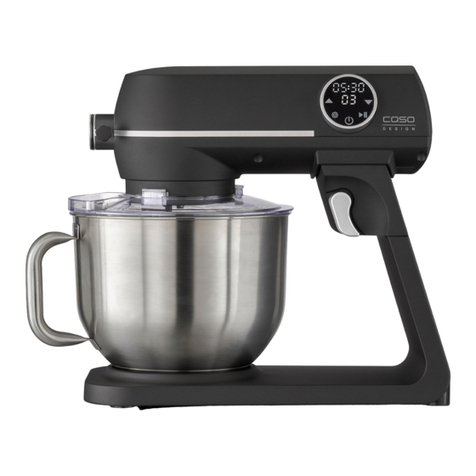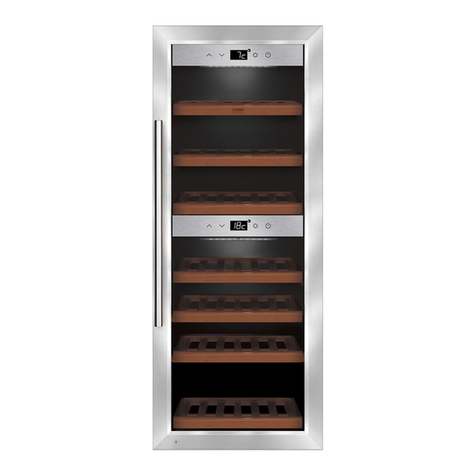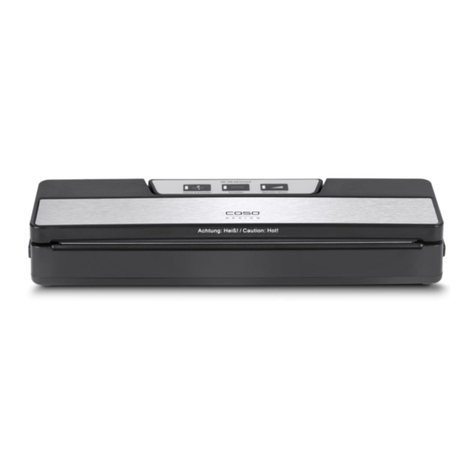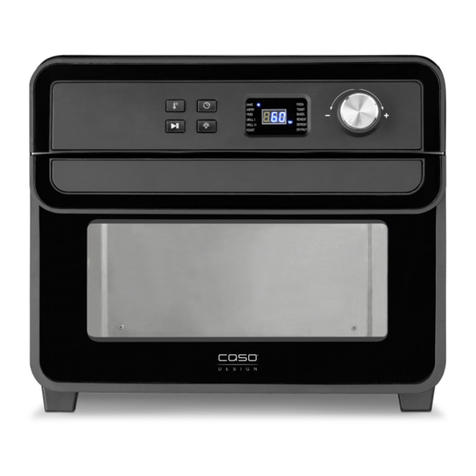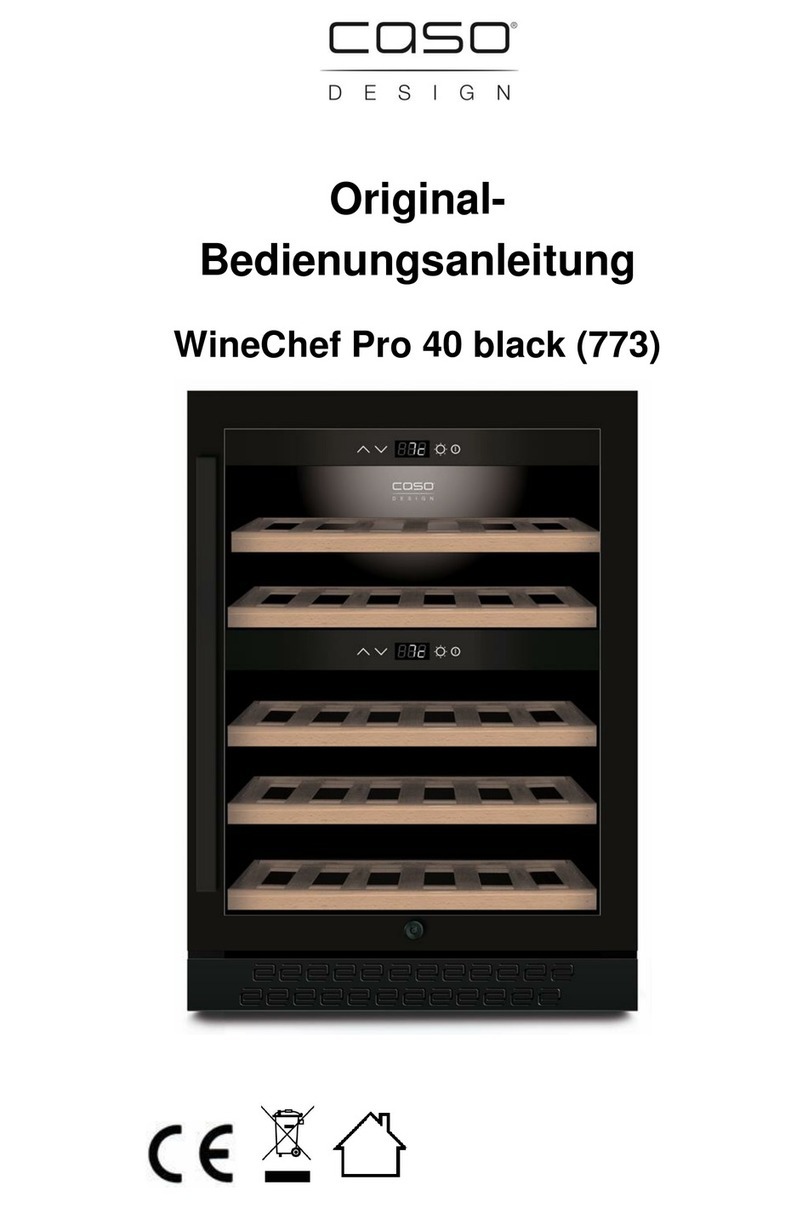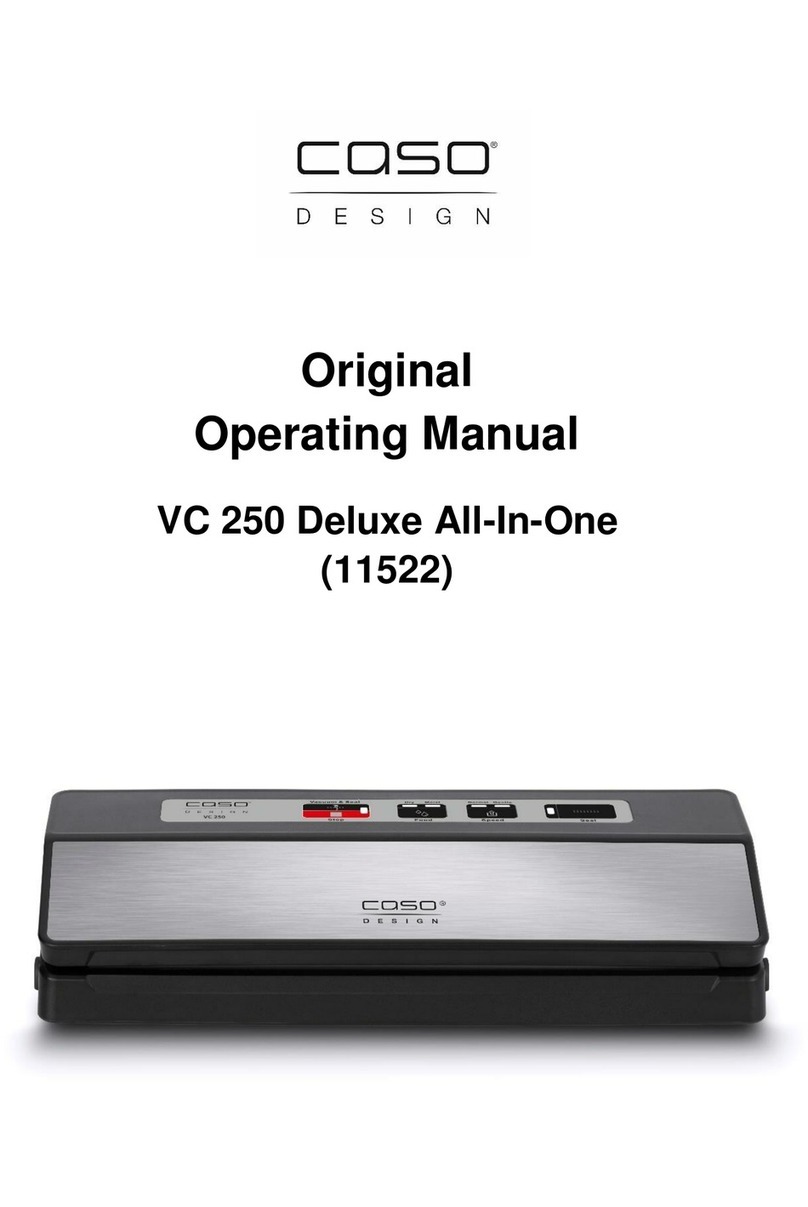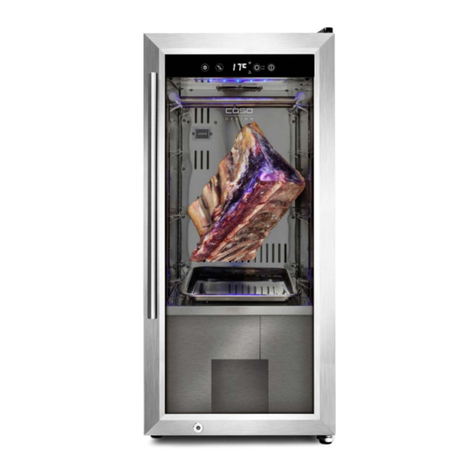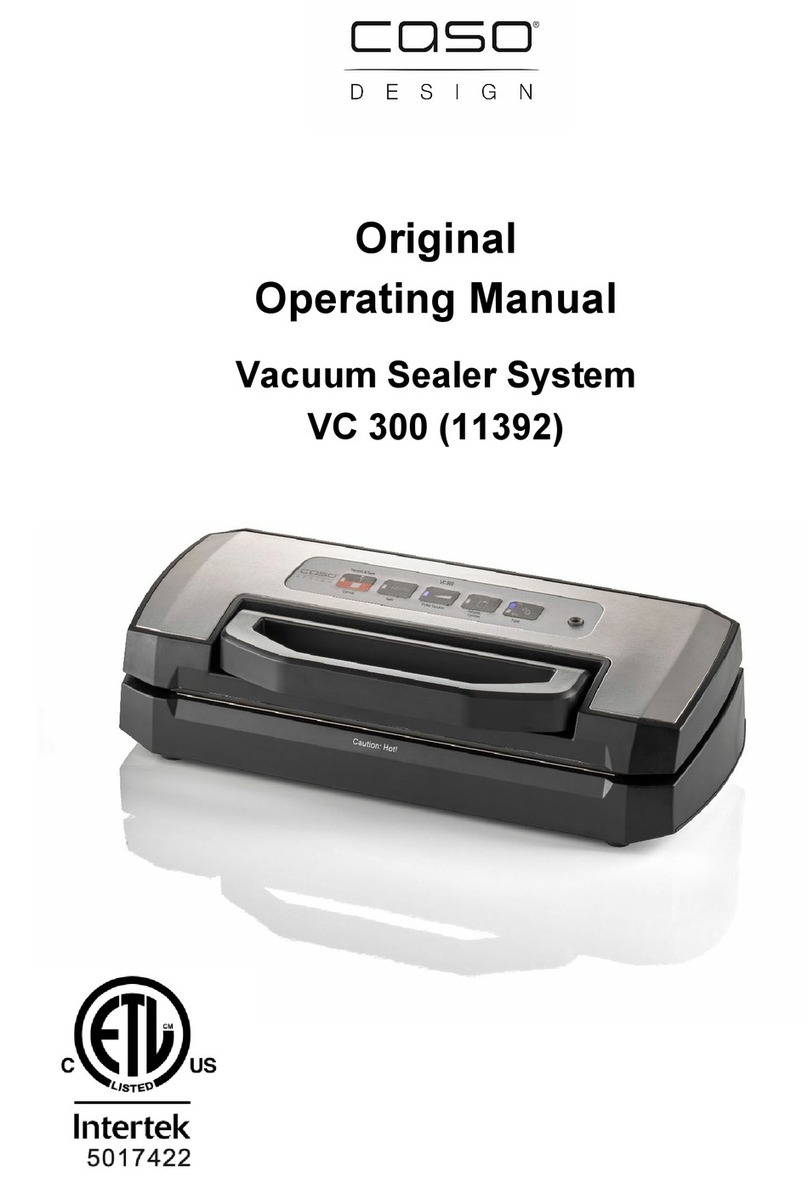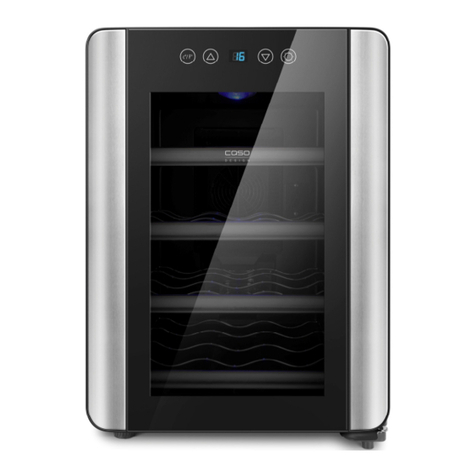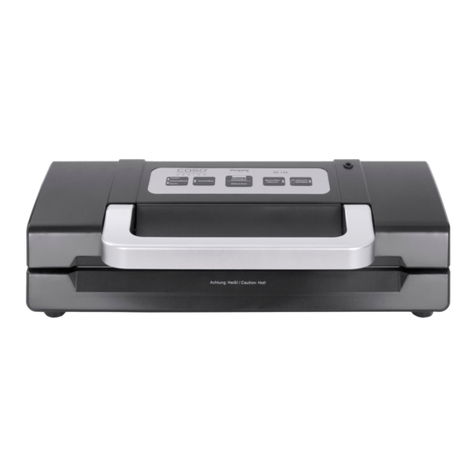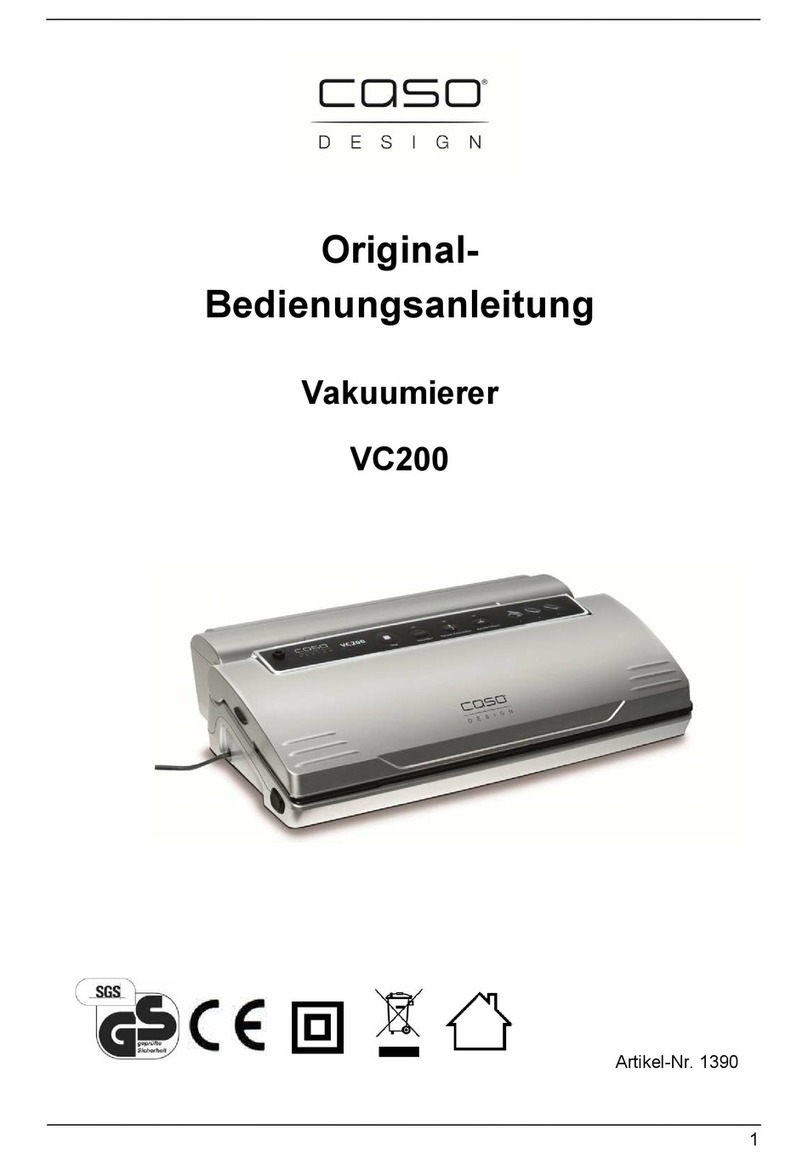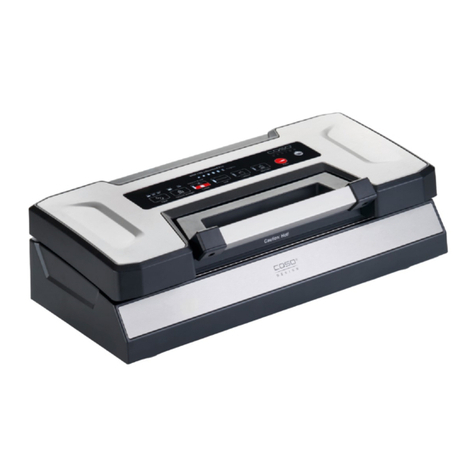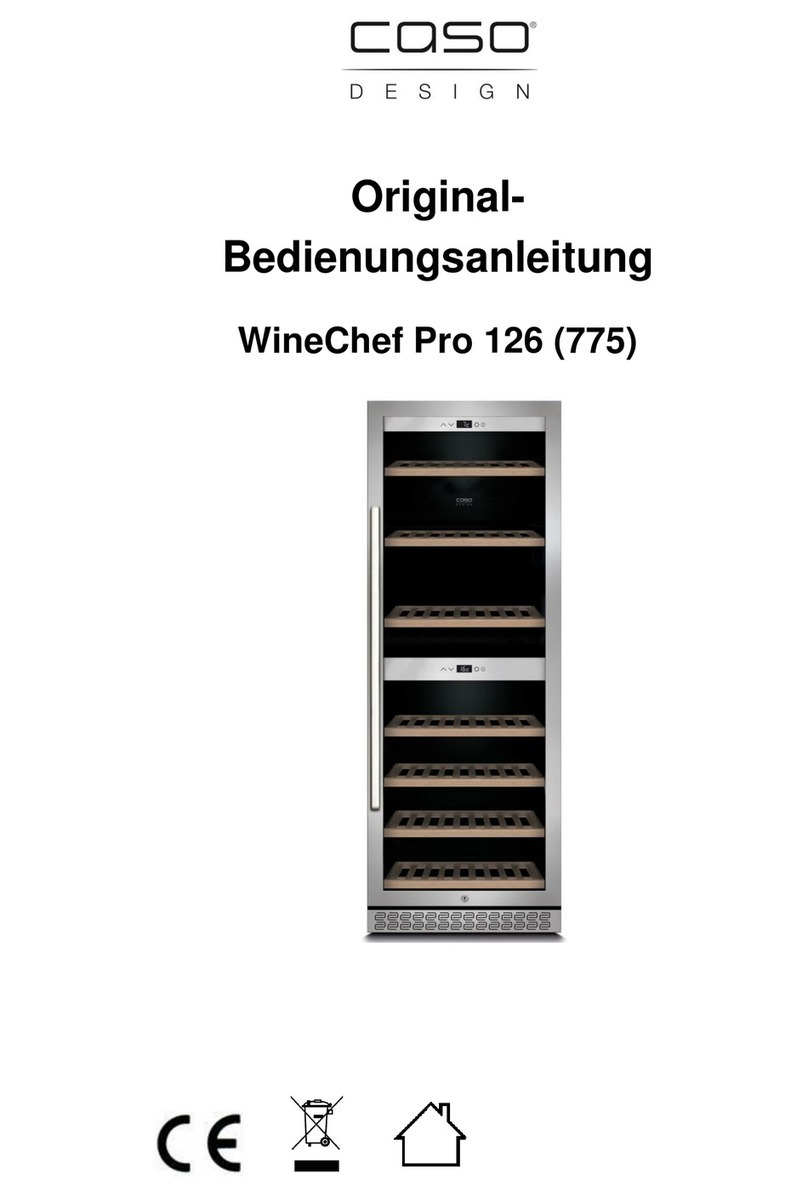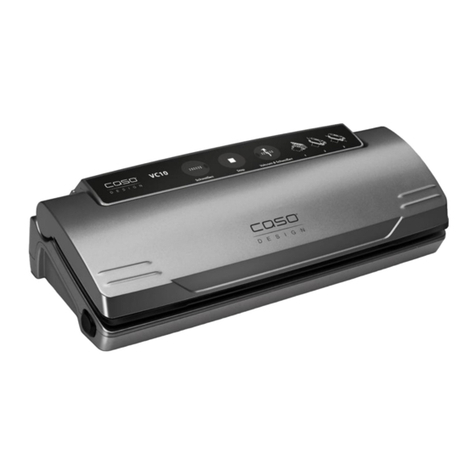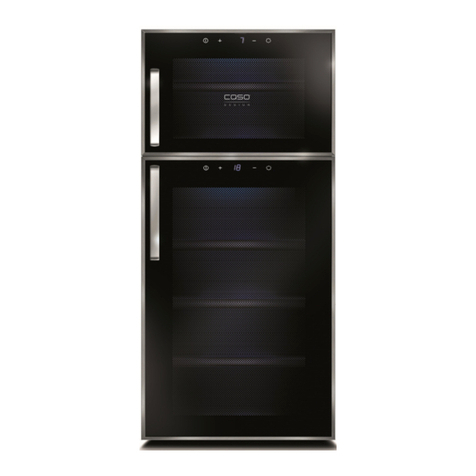
Vacuum Sealing Tips
This vacuum sealer will keep your food fresh and protect the quality and
nutritional value of your food. By eliminating the air from the bag or container,
you will cut down on oxidation and make your food last longer.
Vacuum sealing will also prevent mold, yeast, and bacteria from growing on your
food. These can all be dangerous and affect your food if you do not store your food in
a cool environment.
To greatly lower the growth of these microorganisms, we suggest that you keep your
food at or below 40°F. Keeping your food at 0°F will not kill the microorganisms but will
stop them from growing. Freeze your food for long term storage and refrigerate after
thawing.
Sous Vide Cooking
Sous Vide is a French term that translates to “under vacuum“.
It is the process used by gourmet restaurants of vacuum sealing food in a bag and
cooking at a precise temperature in a water bath. This technique provides healthier,
better tasting meals that are never overcooked…never dried out!
Sous vide cooking enables your foods to retain all of their unique tastes, vitamins,
nutrients and minerals. The CASO vacuum bags are perfect
for Sous Vide cooking.
VC 100
GUIDELINES AND TIPS
1Vacuum Hose Connector
For attaching a hose to vacuum a compatible
canister (canisters sold separately).
2Panel
3Cover unlock button
Press buttons on right and left side.
4Cover locks button
To lock the cover, press on
the right and left side.
For attaching a hose to vacuum a compatible
For attaching a hose to vacuum a compatible
4
21
3
A E G
B D F
C
Cheese
When sealing, leave one inch of extra space
for each time you will reseal the bag. Never
vacuum seal soft cheeses because they are
susceptible to bacteria.
Vegetables
To vacuum seal leafy vegetables, first wash
and then dry using paper towels or a salad
spinner. Use a container as opposed to a
bag and then seal as normal.
Liquids
Freeze all liquids before vacuum sealing in a
bag. Keep the vacuum sealed liquid in your
freezer. When you need to use your liquid,
cut the corner off of the bag and put in a
bowl in a microwave or put them in 170°F
water on a low simmer.
Coffee & Powdery Foods
At the top of the bag, place a coffee filter or
paper towel when vacuum sealing coffee or
powdery foods. You can also vacuum seal
these foods in their original packaging by
putting them in a vacuum sealing bag.
Meats & Fish
For meats and fish, best to portion out and
seal while fresh. Our double sealing system
provides a secure seal for added protection.
Microwave
When thawing food, do so in a microwave
or refrigerator. Cut the corner off of the bag
when reheating food in a microwave.
We advise against reheating greasy foods
or bone-in meats in the microwave, instead
put them in 170°F water on a low simmer.
Non- Food items
Non-food items can also be stored using a
vacuum sealer. This will prevent moisture
and oxygen from ruining your items. Seal
like you would with food.
INDICATOR LIGHTS
ASealing Indicator Light
Indicates the sealing process is taking
place (no vacuum).
DVacuum and sealing indicator light
Indicates the vacuum and sealing
progress is taking place.
FAdjustable vacuum indicator light
Indicates the canister vacuum
progress is taking place.
canisters sold separately.
BUTTONS
B Seal button
Press this button to seal the bag or roll
without vacuuming.
C Stop Button
Immediately terminates any
vacuuming or sealing.
E Vacuum & Seal button
Air is extracted from the bag (vacuuming),
immediately after this process the bag is
sealed.
G Vacuum canister button
Press this button to vacuum canisters. The
included hose extracts the air from the
canisters. Compatible canisters sold separately.

